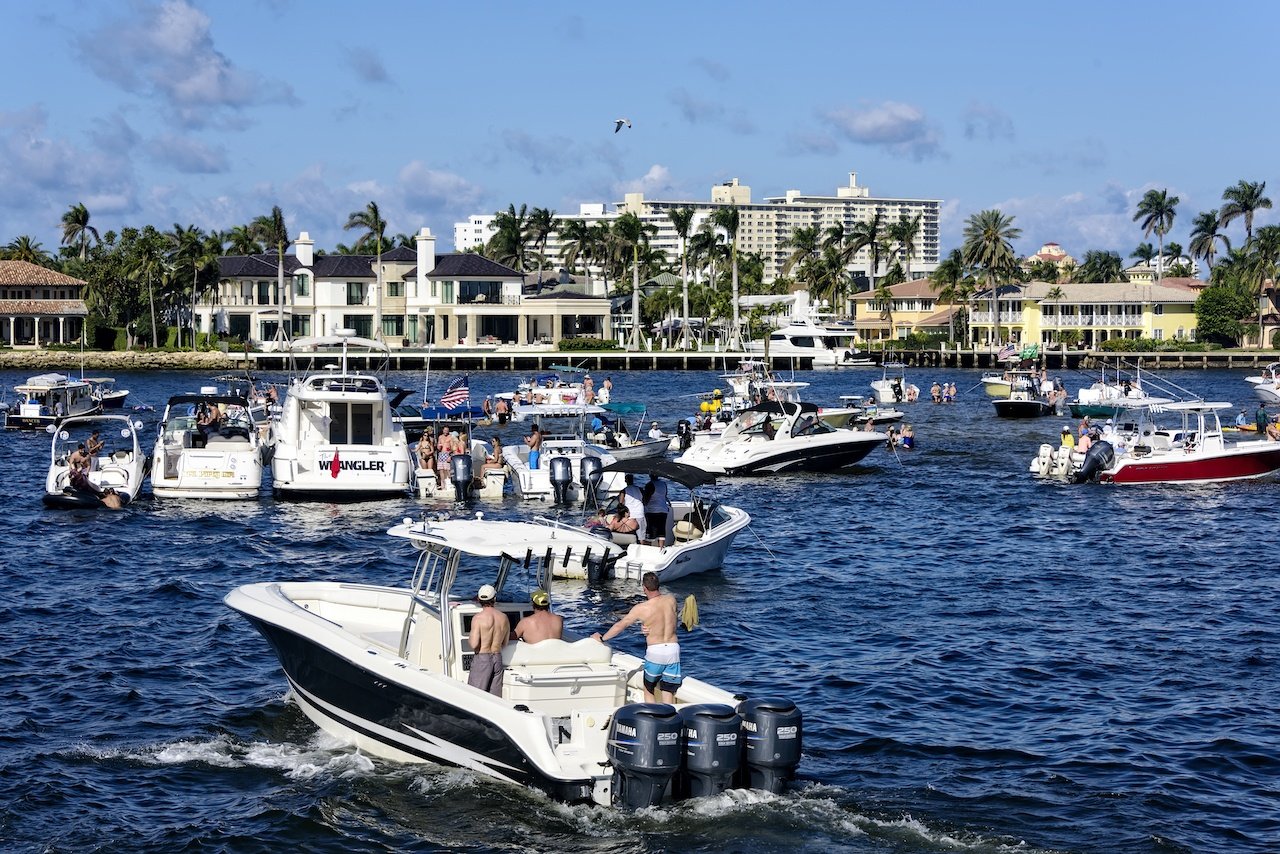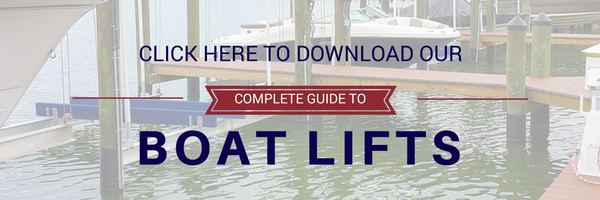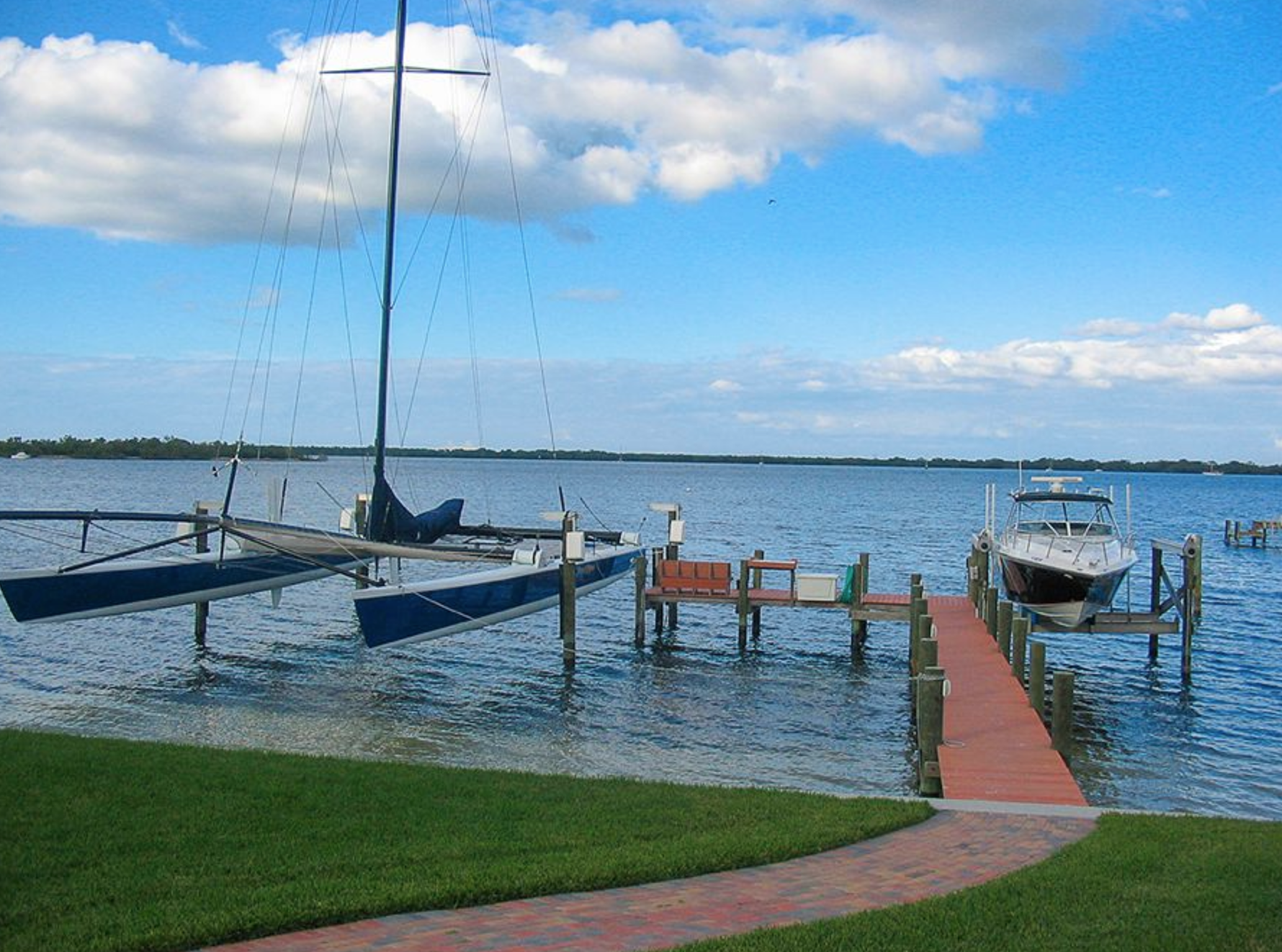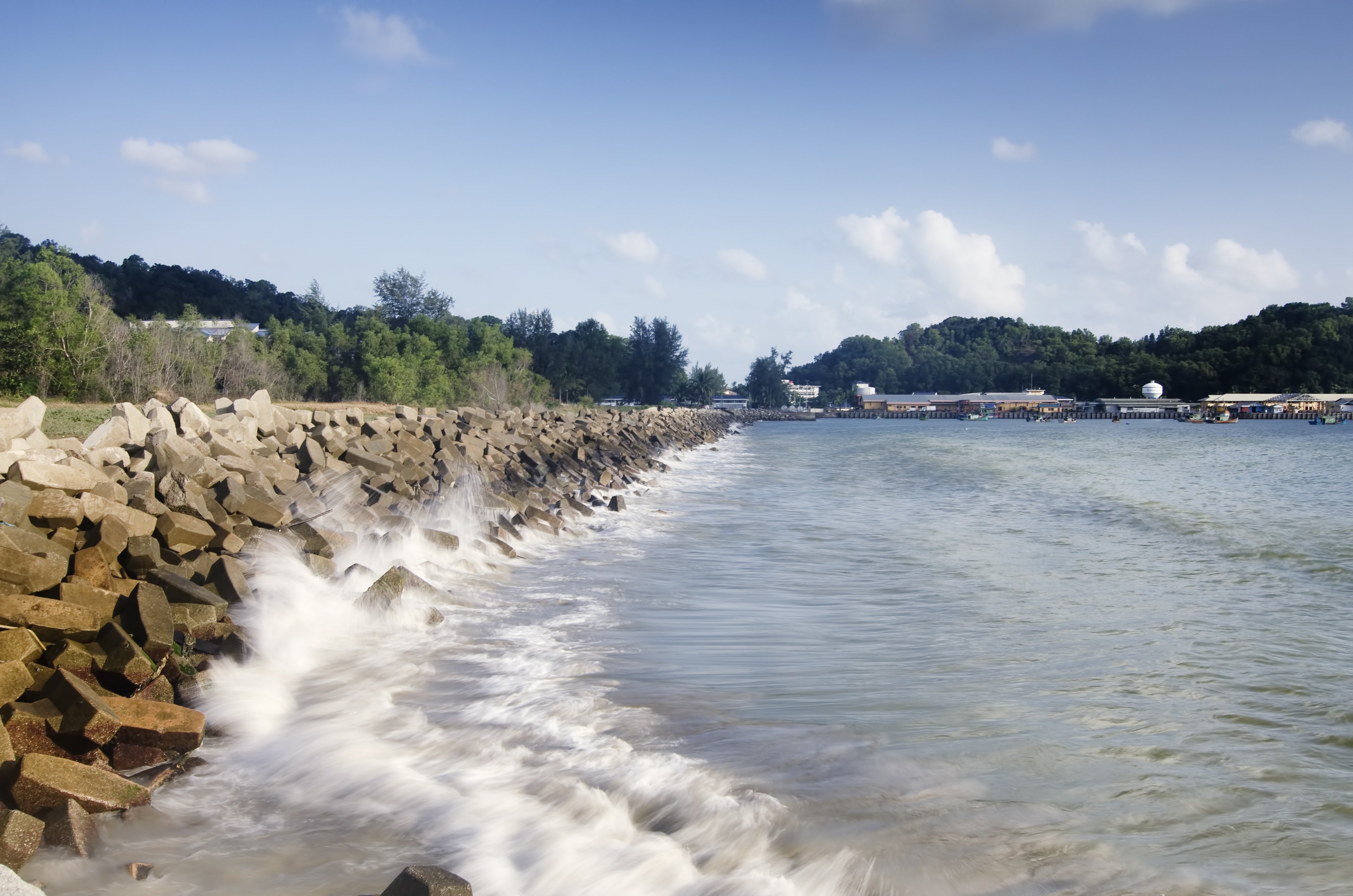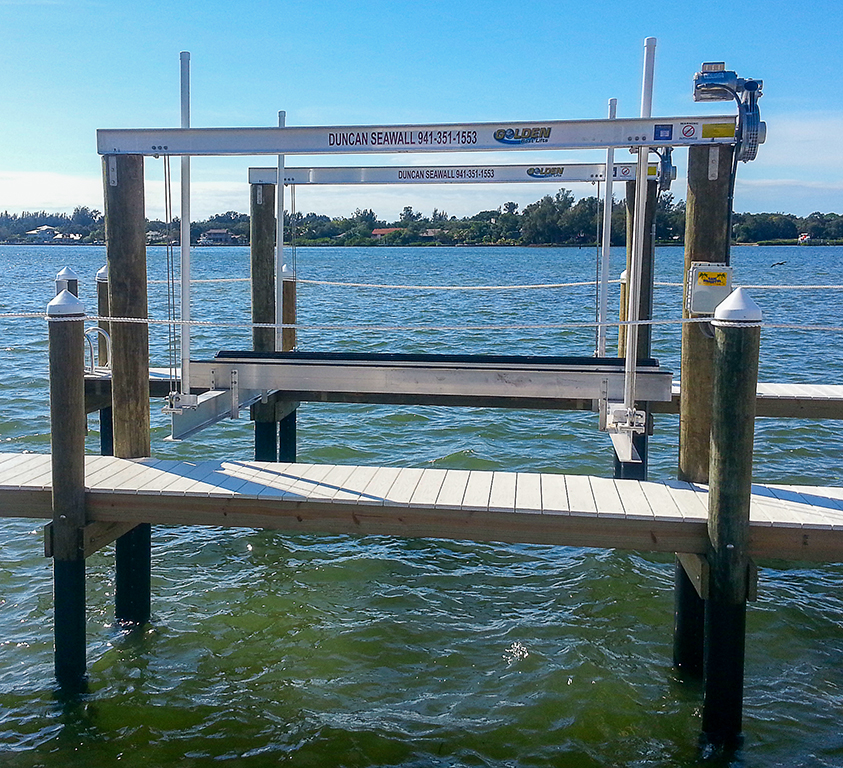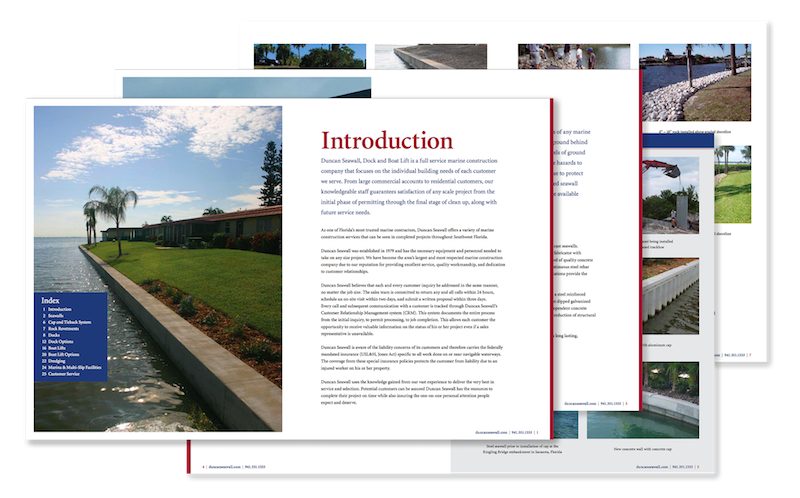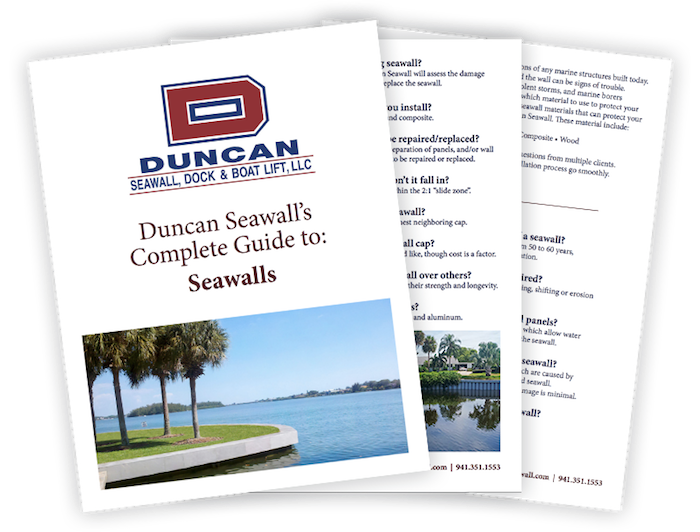Under normal conditions entering or leaving through an inlet is a breeze. Combine a strong tide flowing through a narrow channel, an onshore wind, and heavy boat traffic and navigating an inlet can be challenging for even the most experienced pilot. With no two inlets alike, it's critical to have an understanding of the harbor you are attempting to enter, have a plan, and execute it well.
Gather Local Knowledge
If you are not familiar with the inlet, ask someone who is. Local charter captains or commercial fishermen are experts in the waters they ply and are generally more than willing to share their knowledge. Seasoned veterans know the best line to get in and out, as well as the location of shifting sandbars or other hidden obstacles. Ask for advice or even ask to follow them out and record the path on your chart plotter so you can retrace your course. Keep in mind that the safest course through an inlet may change over time so be cautious.
Know the Weather Conditions
Be aware of the weather conditions and tides for your departure as well as return. Knowing the best time to cross the inlet is as vital as identifying the best course. Peaceful, calm conditions when departing can lead to a false sense of security. Weather systems, even miles offshore, can change the inlet conditions while you are on the water making it drastically different on your return. Sound seamanship means carefully studying charts, consulting a pilot book, and reading any local notices to mariners before navigating an inlet, just like with any unfamiliar water. Getting out into the open water might be simple but poor timing and a lack of preparedness could put you, your crew, and your boat in danger.
Know the Inlet Features
The inlet features help to determine if you and your vessel can navigate it, as well as the best way to do so. Observing the inlet as well as the boat traffic through it can reveal plenty. A narrow inlet may have faster currents flowing through it while some may have shifting sandbars or hidden boulders that affect the flow. Observing the water flow and how it influences passing boat traffic will give you clues on how to navigate it.
Taking the time to study an unfamiliar inlet is invaluable. Study the flow of water as well as the wave cycles and don't be afraid to make a trial run and plot the best course as you do. Boat traffic can be an inlet's most challenging aspect. Not only is the path of a vessel influenced by the flow of water, but heavy traffic may also affect the water flow. Additionally, inexperienced or careless boaters can be a hazard themselves by cutting across lanes of traffic and showing a disregard for the "rules of the road."
Take Your Time
While there are indeed times when going fast is not only desired but appropriate, passing through an inlet demands attention and well thought out, careful maneuvering. Taking the time beforehand to study the inlet and do your homework will pay off in the end. A thorough understanding of the water flow, traffic, and any potential dangers will ensure that your crew and boat remain safe.
Know Your Boat
Finally, before attempting to navigate an unfamiliar inlet make sure you and your boat are capable. Be sure that your vessel won't be overwhelmed by the waves and that it has enough power in reserve to bring you in safely. Understand your capabilities and limitations as well as that of your boat. If you are uncertain of your abilities, or the seaworthiness and capabilities of your craft, ask questions of someone more knowledgeable and do some research before you head out. There is no shame in recognizing the shortcomings of your boat, or your seamanship, and understanding the limitations of both will ensure a safe and pleasant day on the water.
To learn more about how to handle your boat in high traffic waterways and small inlets or anything else contact us today.



